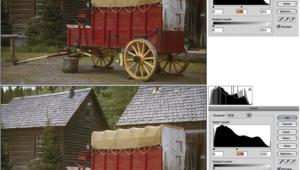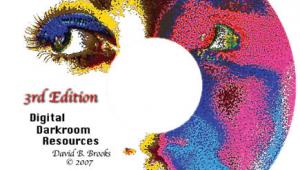Service Bureaus
How To Avoid Output Problems
Service bureau is a term
left over from the bad old days when few people could actually afford
to own a computer. Instead, many of us had to take our data--usually
in punched card form--to companies who, for a fee, would process the
data using their large main frame computers. Service Bureaus Online Adobe Systems Cies-Sexton Iomega Corp. |
- Log in or register to post comments


















































